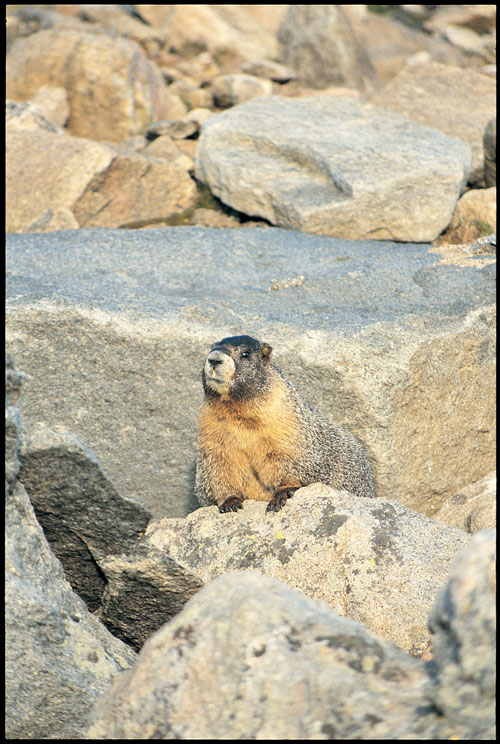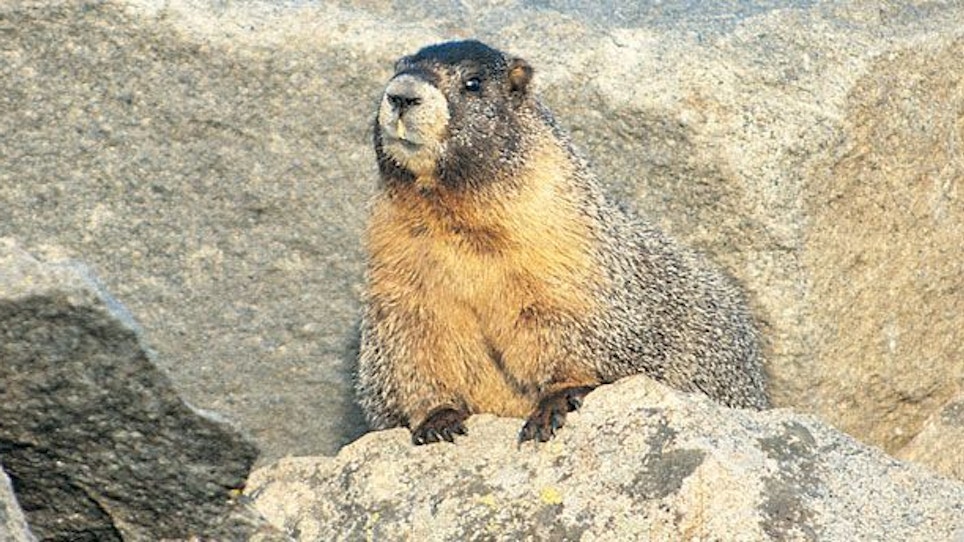Groundhogs? Good Riddance
 The prolific woodchuck seems to always be in a surplus supply. Regardless of how many posted signs adorn a property, ask the owner if you can hunt groundhogs, and he’ll undoubtedly say “Yes!” The fact that you can hit small game with archery gear may garner an invitation to help control bigger critters that munch on crops and grow wide, heavy antlers by late summer.
The prolific woodchuck seems to always be in a surplus supply. Regardless of how many posted signs adorn a property, ask the owner if you can hunt groundhogs, and he’ll undoubtedly say “Yes!” The fact that you can hit small game with archery gear may garner an invitation to help control bigger critters that munch on crops and grow wide, heavy antlers by late summer.
During February and March you’ll find groundhogs on the prowl, as males search out receptive females in dens. In northern climates, you’ll often see burrows opened through snow cover as the critters awaken from hibernation and the “chuck rut” kicks in. Vegetation is sparse at this time of year, making woodchucks easier to spot, but tougher to stalk.
Have a spring bear hunt planned? A woodchuck den can be the ultimate tune-up. Find a hole near a tree, put up a portable stand and prepare to wait it out. Chucks have repetitive activity patterns, preferring morning, afternoon or mid day. Hunt your stand appropriately and you’ll gauge how prepared you really are. Can you draw the arrow silently and undetected? Do you have the patience to wait for that quartering-away shot? Can you hit your target?
Chucks often burrow along fencerows and tree lines, providing the perfect training ground for stalking. Use the cover of tree trunks to approach from a distance. Move only when the critter isn’t looking. Once you locate a series of dens, you can spot & stalk with plenty of action, just like a big game hunt in the West.
If a groundhog spots you, it often whistles sharply, a danger signal to other animals. Ironically, this behavior is the chuck’s Achilles’ heel. If a groundhog spots you and ducks down its hole, approach to about 10 yards, walking softly, then give a sharp whistle. Curiosity has killed far more chucks than cats. Mr. Whistle-pig will often poke its head from the den.
Going For Gobblers
Spring gobbler hunting is not preparation for big game…the American wild turkey is big game. Once you coax a gobbling, strutting tom into close proximity, you may wish for spring four seasons of the year.
Populations across the country are at an all-time high and seasons and bag limits are liberal. Typically, seasons run a month or more, with one day about as good as the next.
For added excitement, select one of the sub-species and take an out-of-state safari. The Rio Grande birds love to roost along water sources in Texas and the Southwest, while Merriam’s flocks concentrate in the West, calling, and moving much like elk.
Spring turkeys require specific gear that often adapts to deer season. A short, flat-shooting compound is ideal. Accuracy is critical on this elusive target. You must hit a 3-inch vital area and have the skill to select the right angle and spot. Practice on a true-dimension 3-D target is a must.
Turkeys can see color, so fletch shafts in earth-tone feathers or vanes. Avoid white, red, or blue since a gobbler’s head often displays these hues. Think safety! These “target colors” could get you in trouble.
Pop-up blinds help you to overcome the most significant handicap in turkey hunting—drawing the bow. Turkeys notice even the slightest movement, and pulling the arrow back has spooked legions of gobblers. Turkeys will often approach blinds at point-blank range.
Today’s decoys also are more life-like and can draw a turkey into a predetermined shooting lane, using the known distance to the deke to judge range. Expandable (mechanical) broadheads are ideal for gobblers, usually the larger the diameter, the better. Many archers don’t want full penetration, believing the imbedded arrow helps prevent flight.
Next: Squirrels & Varmints






